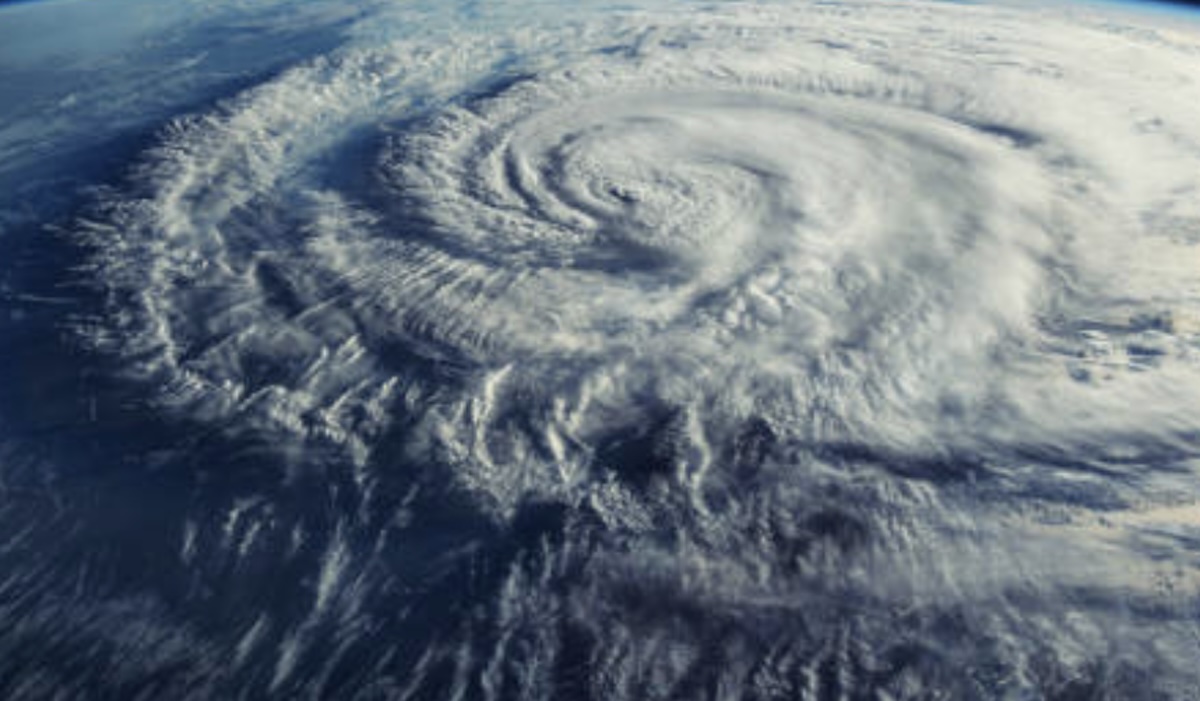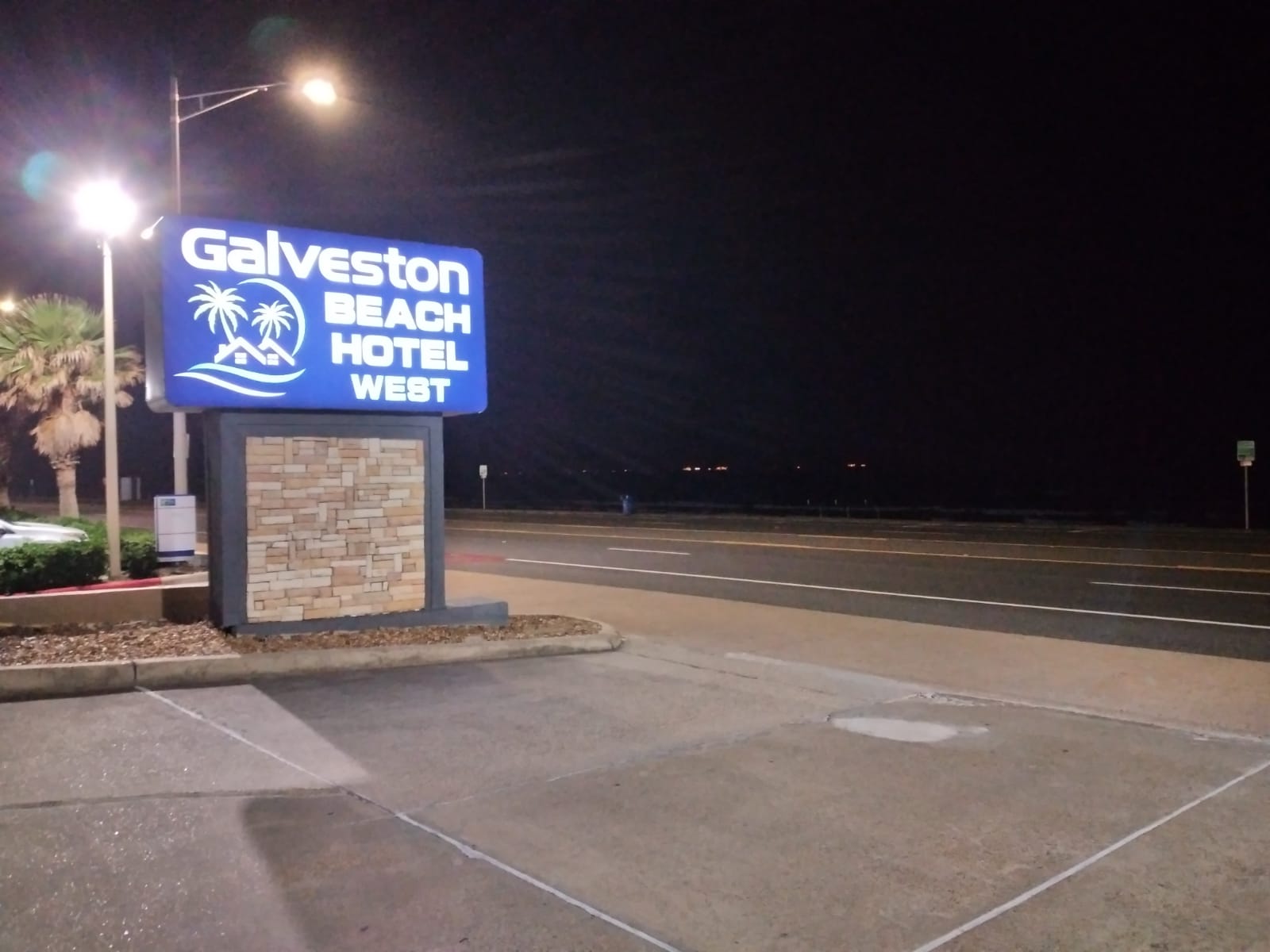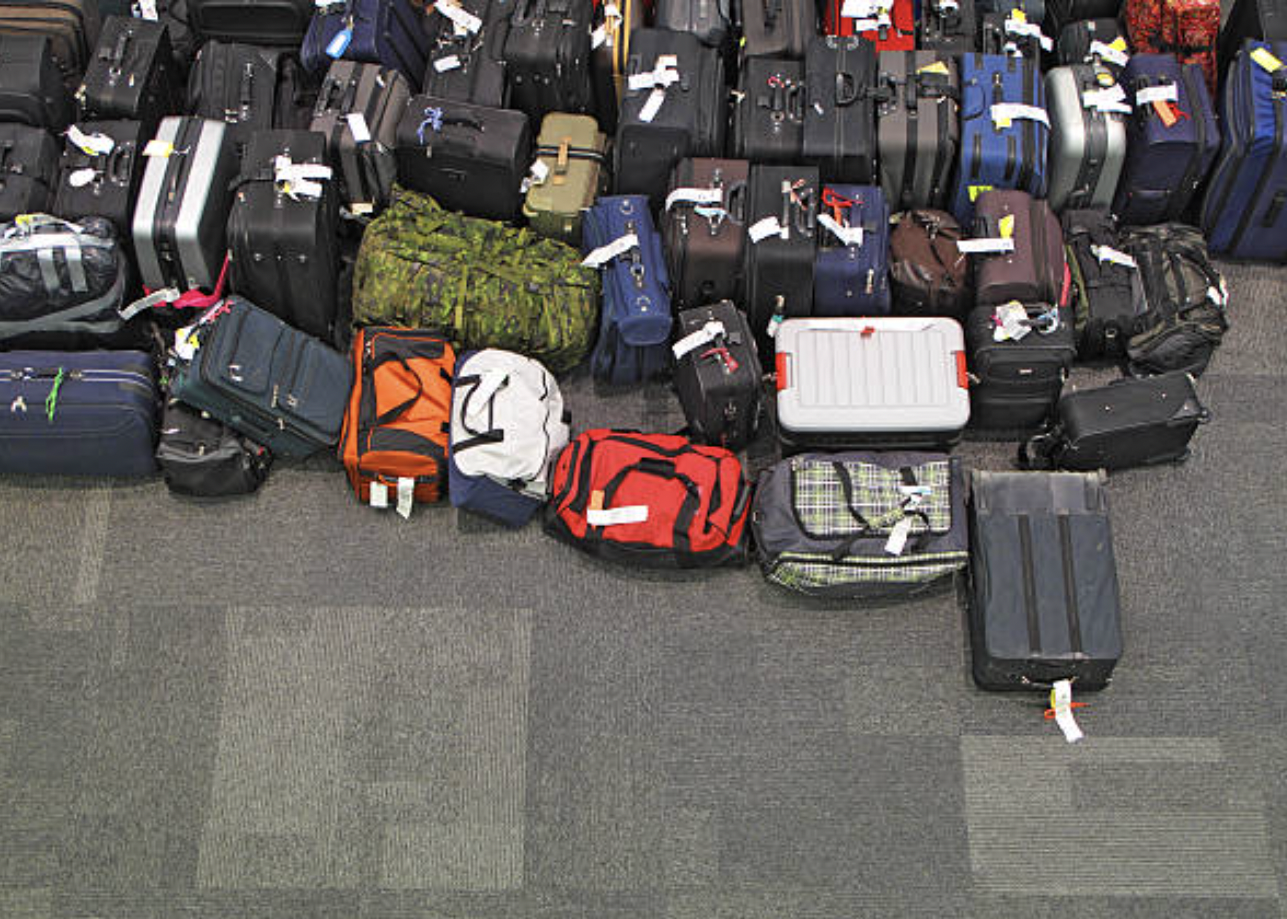Understanding Hurricanes and How to Survive as a Traveler in the U.S.
In the United States, hurricanes are a significant and dangerous weather phenomenon, especially during the Atlantic hurricane season, which runs from June to November. A Hurricane Warning is issued when a hurricane is expected to strike a specific area, signaling the need for immediate action. For travelers, understanding what a hurricane is, the difference between a tornado and a hurricane, recognizing signs that a hurricane is coming, and knowing how to survive a hurricane can be lifesaving. In this post, we’ll discuss the essentials about hurricanes, provide survival tips, and explain what you can do to protect yourself as a traveler in the U.S.
What is a Hurricane?
A hurricane is a powerful tropical storm characterized by strong winds, heavy rainfall, and storm surges. Hurricanes form over warm ocean waters and derive their energy from the heat of the water. These storms are typically classified by their wind speeds on the Saffir-Simpson Hurricane Wind Scale, which ranges from Category 1 (least severe) to Category 5 (most severe).
Hurricanes can be extremely destructive, causing flooding, property damage, power outages, and loss of life. They can last for several days and can affect coastal areas, leaving widespread devastation in their wake. If a Hurricane Warning is issued, it means that hurricane conditions are expected in the area within 36 hours.
What is the Difference Between a Tornado and a Hurricane?
Though both tornadoes and hurricanes are severe weather events, they have key differences in terms of formation, scale, and impact. Here’s how they compare:
- Tornado: A tornado is a rapidly rotating column of air that forms from a thunderstorm cloud and touches the ground. Tornadoes are much smaller in scale compared to hurricanes but can be more intense. They are characterized by extreme winds that can exceed 300 mph, causing localized but significant destruction. Tornadoes form relatively quickly and usually last for only a few minutes, though they can cause severe damage during that time.
- Hurricane: A hurricane is a large-scale storm system that forms over warm ocean waters and is much larger than a tornado. Hurricanes can last for several days and affect broad areas, with winds that can reach 157 mph or more. While tornadoes often form within thunderstorms, hurricanes develop in tropical regions and move across the sea. Flooding and storm surges are also major hazards of hurricanes, unlike tornadoes.
What Are the Signs of a Hurricane Coming?
Recognizing the early signs of an impending hurricane can help you prepare for the storm. Some key signs that a hurricane may be approaching include:
- Sudden Drop in Atmospheric Pressure: A drop in air pressure is one of the first signs of a developing storm. While this is hard to notice on your own, meteorologists track pressure changes to predict hurricanes.
- Increasing Wind Speeds: As a hurricane approaches, winds typically increase. You may feel strong, gusty winds before the storm makes landfall.
- Cloud Formation: Look for large, dark clouds, which are indicative of a tropical storm or hurricane. The sky may become overcast and ominous.
- Rising Ocean Levels and Storm Surges: A hurricane causes storm surges — a rise in sea level that can flood coastal areas. If the sea level rises quickly or unusually, it could be a sign that a hurricane is nearby.
- Heavy Rainfall: The closer the hurricane gets, the heavier the rain becomes. Constant, torrential rainfall is a common sign that a hurricane is approaching.
- Worsening Weather Conditions: As the storm nears, you may notice worsening weather conditions such as thick clouds, foggy skies, and strong winds that indicate the arrival of a hurricane.
Which States in the U.S. Are Most Likely to Experience a Hurricane?
Certain states in the U.S. are particularly vulnerable to hurricanes due to their proximity to the Atlantic Ocean and the Gulf of Mexico. The most affected states include:
- Florida: Florida is the most hurricane-prone state in the U.S., especially along its coastal regions. Miami, Tampa, and Jacksonville often face the brunt of hurricanes.
- Texas: Texas, particularly along its Gulf Coast, regularly experiences hurricanes. Cities like Houston, Galveston, and Corpus Christi are frequently in the path of hurricanes.
- Louisiana: Louisiana, particularly New Orleans, is often affected by hurricanes. The state’s low-lying geography and proximity to the Gulf of Mexico make it especially vulnerable to storm surges and flooding.
- North Carolina and South Carolina: The Carolinas, especially the coastal areas, are prone to hurricanes. Cities like Charleston, Wilmington, and Myrtle Beach often face hurricane threats.
- Georgia: Georgia, particularly the coastal areas around Savannah, is frequently affected by hurricanes that move up the eastern U.S.
- Alabama and Mississippi: These Gulf Coast states also experience hurricanes that make landfall and cause significant damage, including Birmingham, Mobile, and Gulfport.
Though these states are particularly vulnerable, hurricanes can impact other parts of the U.S. as well, particularly along the eastern and southeastern coasts.
Best Way to Survive a Hurricane as a Traveler in the U.S.
If you are traveling in hurricane-prone areas, it’s important to take the necessary precautions to stay safe. Here are some tips for surviving a hurricane:
- Monitor Weather Alerts: Always keep an eye on weather updates and hurricane warnings. Stay informed through a weather app, local news broadcasts, or a NOAA Weather Radio. If a hurricane warning is issued, take action immediately.
- Evacuate If Needed: If you are in an area under evacuation orders, leave the area as quickly and safely as possible. Follow official evacuation routes and move to designated shelters if necessary. Avoid traveling on flooded or damaged roads.
- Seek Shelter Indoors: If you cannot evacuate, move to a safe, sturdy building that can withstand high winds and heavy rain. Stay away from windows, doors, and exterior walls. The lowest level of the building, such as a basement or interior room, is the safest place to be.
- Prepare an Emergency Kit: An emergency kit should include water, non-perishable food, medications, flashlights, batteries, first aid supplies, and a portable phone charger. This kit will help you stay self-sufficient if you lose power or are stuck in your shelter.
- Stay Away from Flooded Areas: Never drive through flooded roads or attempt to walk through standing water. Water can be deeper and faster-moving than it appears, and can easily sweep away vehicles and people.
- Follow Official Instructions: Listen to local authorities and follow evacuation orders or other instructions during the storm. Pay attention to emergency broadcasts and weather alerts to stay informed about the storm’s progress.
- Avoid Coastal Areas: If you’re on vacation or traveling along the coast during hurricane season, always monitor the weather and consider postponing your trip if a hurricane is forecasted to make landfall. Coastal areas are especially vulnerable to storm surges and flooding.
Stay Safe During Your Travel
Hurricanes are powerful and potentially deadly storms that can cause widespread destruction. If you’re traveling in areas prone to hurricanes, it’s essential to stay informed, understand the risks, and take steps to ensure your safety. Pay attention to Hurricane Warnings, be aware of the signs that a hurricane is coming, and follow survival tips to protect yourself. By staying prepared and taking immediate action, you can increase your chances of staying safe during a hurricane.




